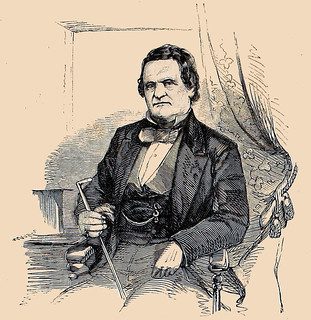As described in yesterday’s post, America was at a momentous crossroads as March moved into April, and none of the options looked good. About the only thing the leadership of both sides could agree on was that nobody wanted to initiate the American Civil War.
In his inaugural address on March 4, Lincoln said he would not interfere with slavery in states that currently allowed it; however, he would unequivocally not allow dissolution of the Union: “In your hands, my dissatisfied fellow-countrymen, and not in mine,” he said, “is the momentous issue of civil war. The government will not assail you. You can have no conflict without yourselves being the aggressor.”
Historian Robert Rosen offers a captivating account of the weeks leading up to the first shot fired over Fort Sumter in A Short History of Charleston, now in its third edition. Lincoln’s predicament, Rosen surmises, was that if he allowed Anderson to abandon Fort Sumter, he would be acknowledging the end of the Union, the line in the sand he said he would not cross.

Yet Jefferson Davis and S.C. Gov. Francis Pickens also had their backs against the wall. If they allowed Anderson to remain at Fort Sumter, their new Confederate government would appear so weak that it had to allow an enemy force to maintain its presence in one of its principal cities. To further complicate Davis’s position, if he initiated the attack, thousands of Northerners who at that point were not particularly committed to the war effort would rally to Lincoln’s support. “Each side,” Rosen notes, “was circling the other.”

Lincoln was updated on Anderson’s situation the day after his inauguration, March 5, learning the Federal troops’ provisions could hold out until mid-April. Against the advice of most of his Cabinet, Lincoln decided to send supplies to Anderson. If the ships sailing under the U.S. flag were fired upon, the North would be justified in defending themselves, and therefore the South would be seen to be responsible for initiating the war.
We’ll pick up there tomorrow.
Sources
McNamara, Robert. “President James Buchanan and the Secession Crisis.” ThoughtCo, Apr. 5, 2023
Rosen, Robert. A Short History of Charleston, 3rd edition. Columbia, S.C.: University of South Carolina Press, May 2021



